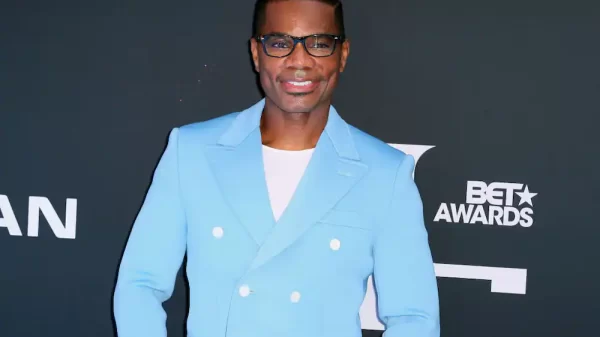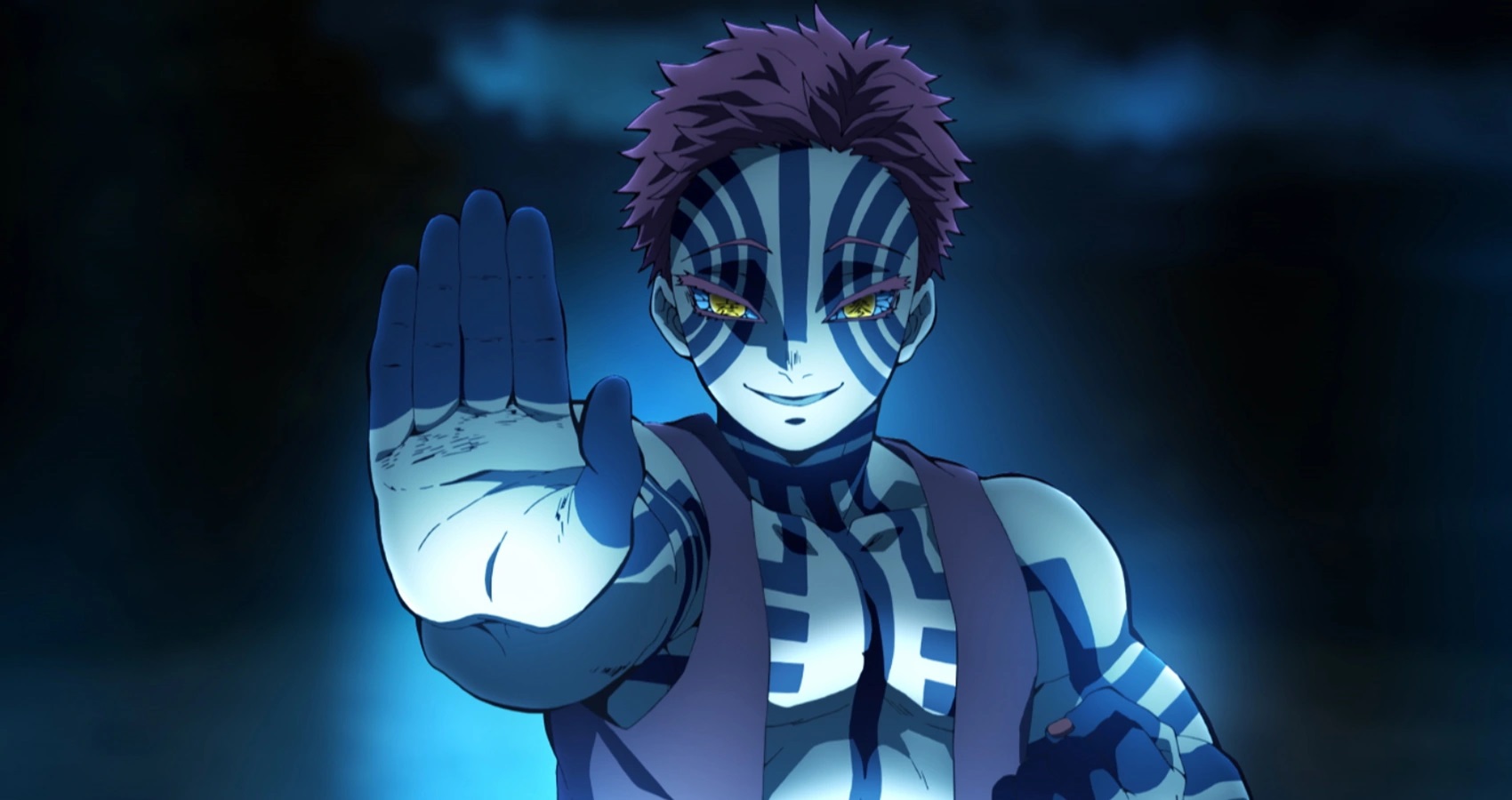In September 2016, Oklahoma experienced its largest-ever earthquake, a magnitude 5.8 tremor near Pawnee, which caused significant building damage. This event highlighted the increasing seismic activity in the central United States since 2009, linked to the disposal of wastewater by oil and gas industries.
The rise in such human-induced earthquakes has led to public concern and stricter governmental regulations to manage the risks of underground injections.
Human-induced earthquakes, though documented for over a century, have garnered more attention in recent years due to their growing frequency and connection to industrial activities like mining, dam construction, fluid injection, and resource extraction.
As global energy demands increase, so too does the likelihood of more such events, including some of the largest and most destructive earthquakes in recent memory, like the Wenchuan (2008) and Nepal (2015) quakes, which were linked to human activities.
The mechanisms of induced seismicity often involve the destabilization of faults by industrial activities, particularly near active fault zones. Fluid injections can exacerbate this by causing stress changes that migrate over time and space, as seen in a 2006 geothermal energy project in Basel, Switzerland.

How Industrial Activities Trigger Earthquakes and Strategies to Reduce the Risks
This project induced over 10,000 earthquakes, including damaging ones, leading to public outcry, project termination, and costly damages, underscoring the challenges of predicting and managing such events.
In Europe, where natural seismic risks are high and population density is greater, public concern about induced earthquakes is significant.
Examples include Italy’s Emilia earthquake sequence in 2012 and Spain’s Castor gas storage project in 2014, both of which fueled debates about the link between industrial activities and seismicity. Although no definitive connection was proven in some cases, public mistrust and political scrutiny persist, prompting precautionary measures.
Moving forward, distinguishing between natural and human-induced earthquakes remains a critical challenge, particularly in active seismic regions. Effective risk mitigation requires robust regulations, hazard assessments, and public communication to balance industrial progress with safety.
While North America has taken steps toward regulation, Europe has yet to adopt continent-wide standards. Enhanced understanding and informed policies will be essential to mitigate risks and ensure sustainable industrial development.























